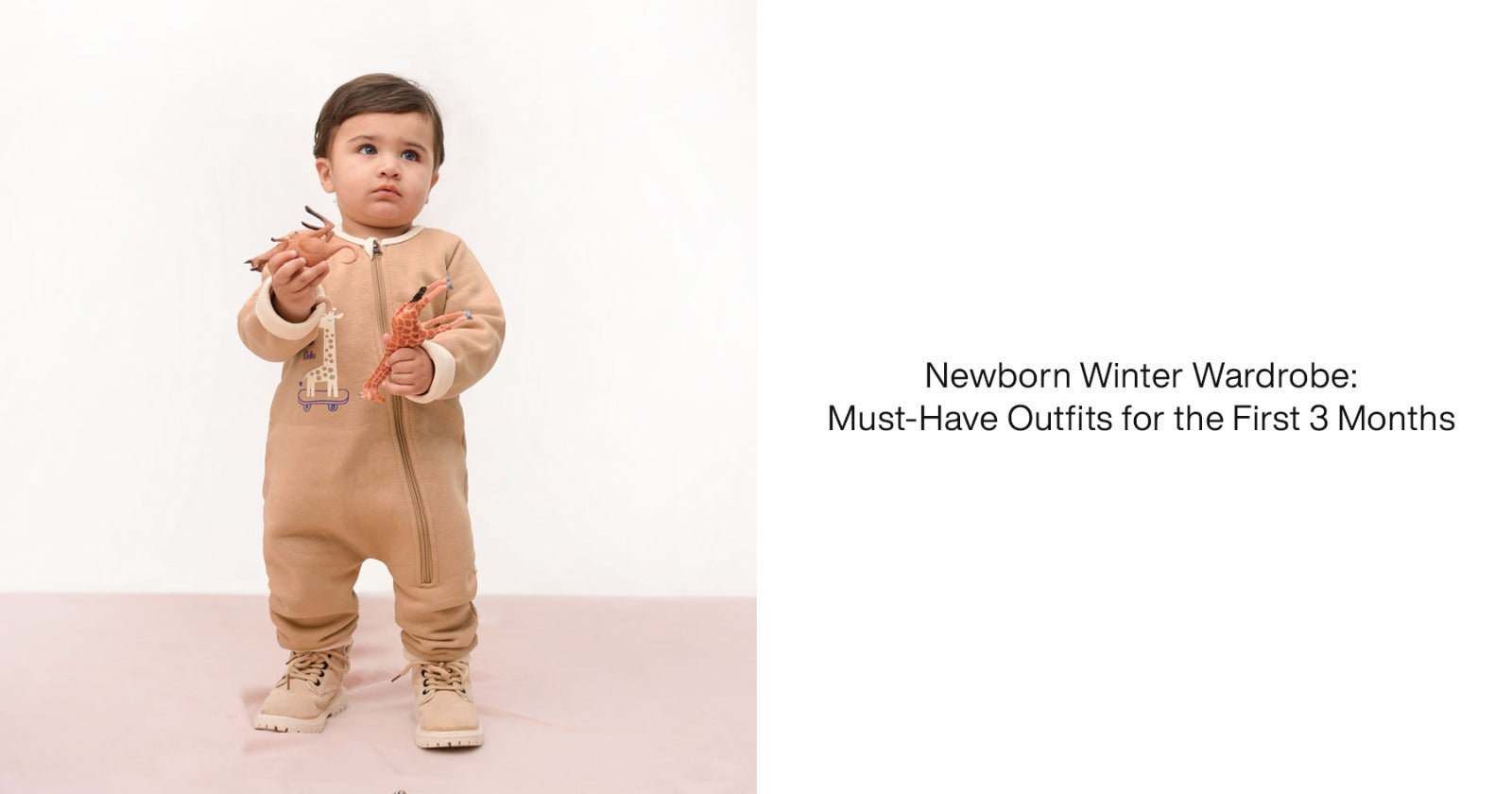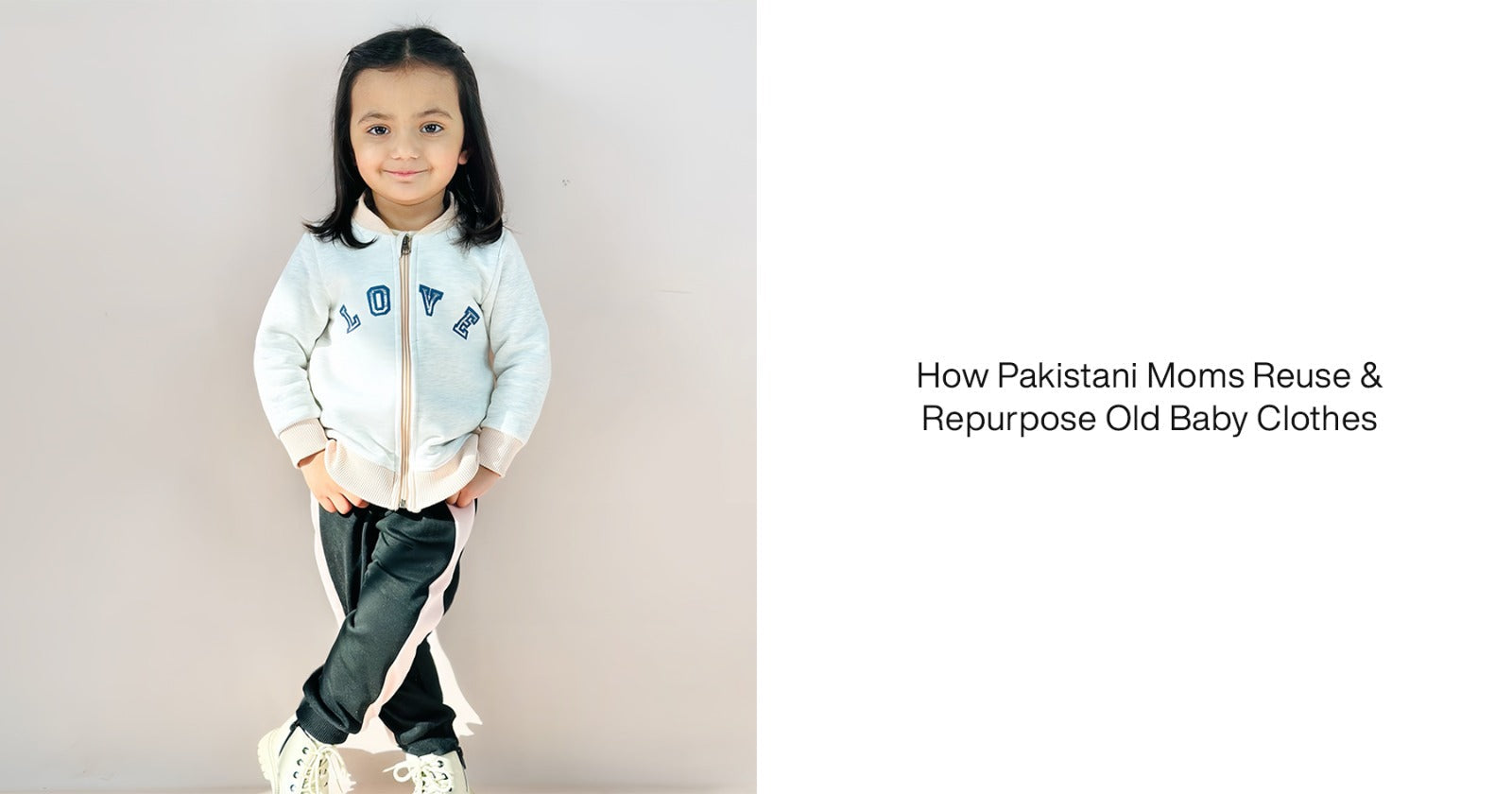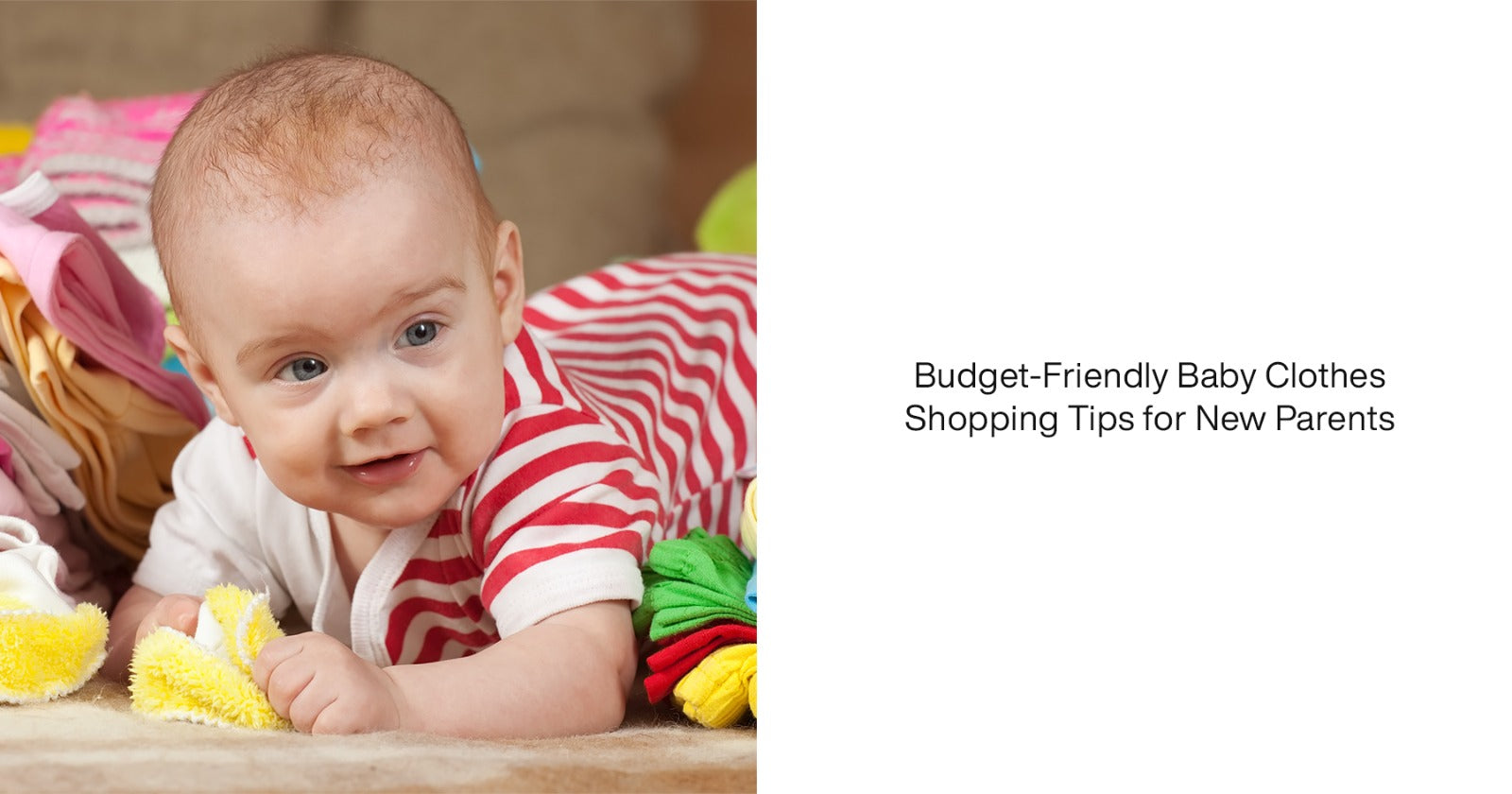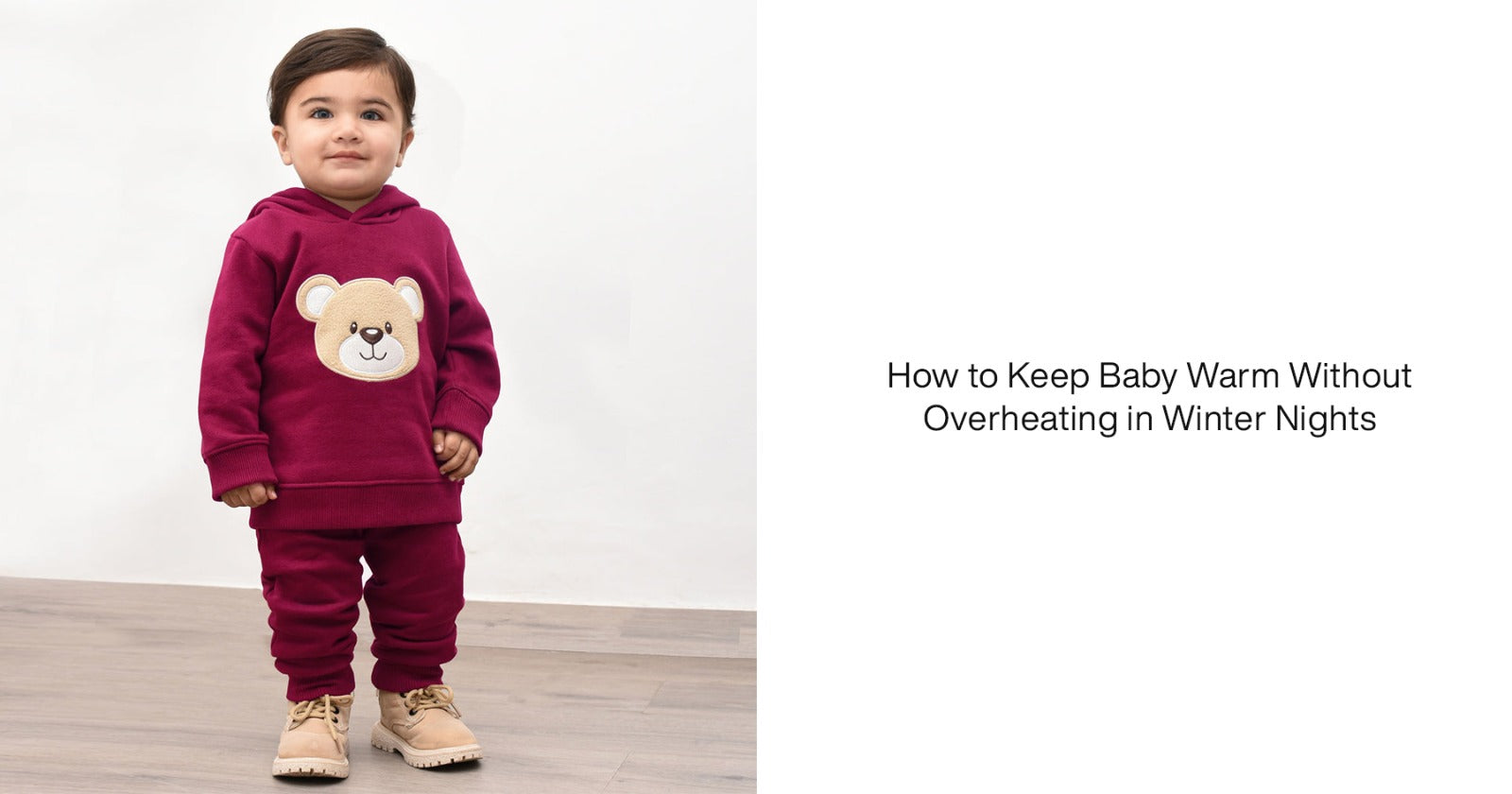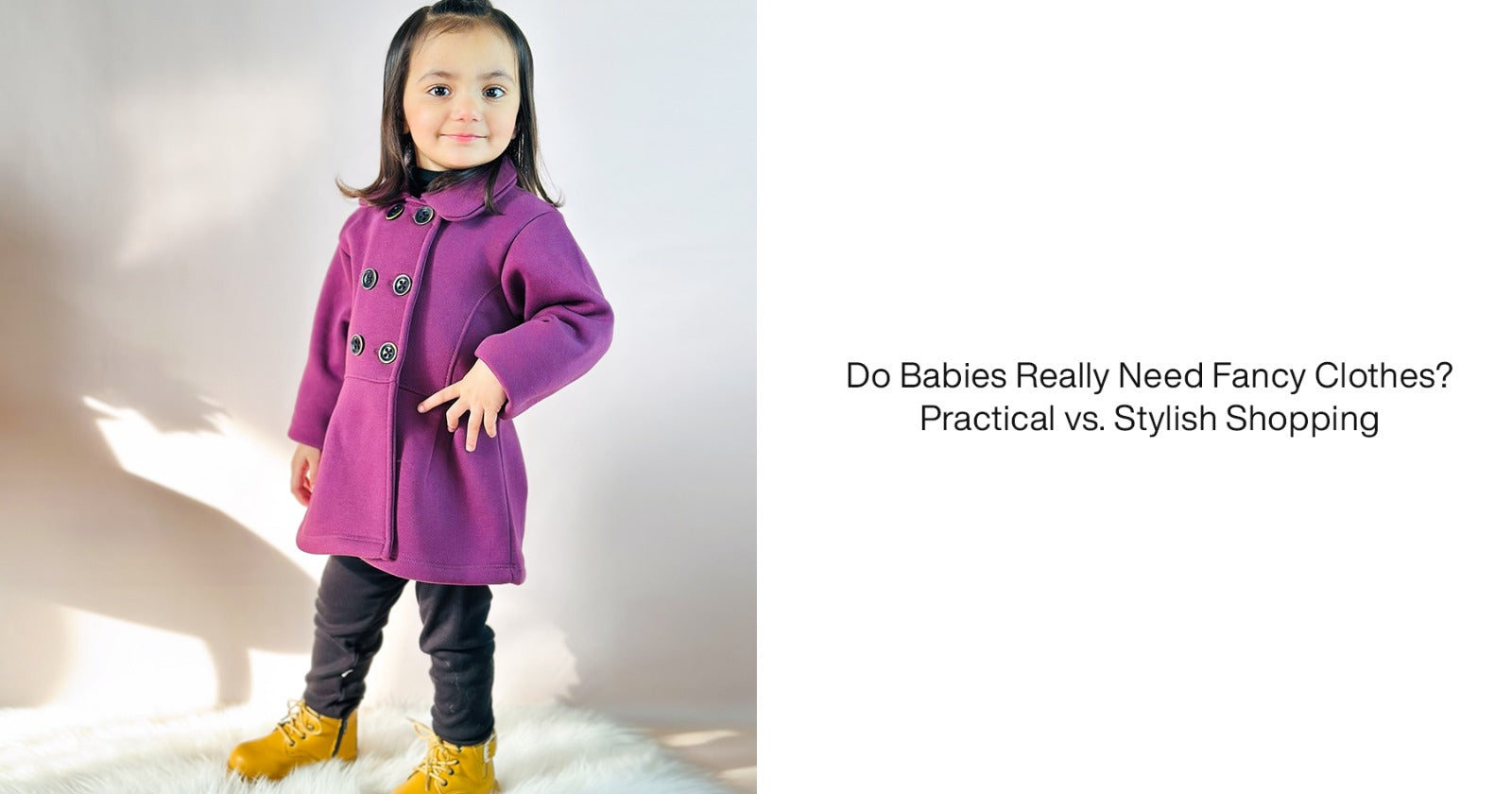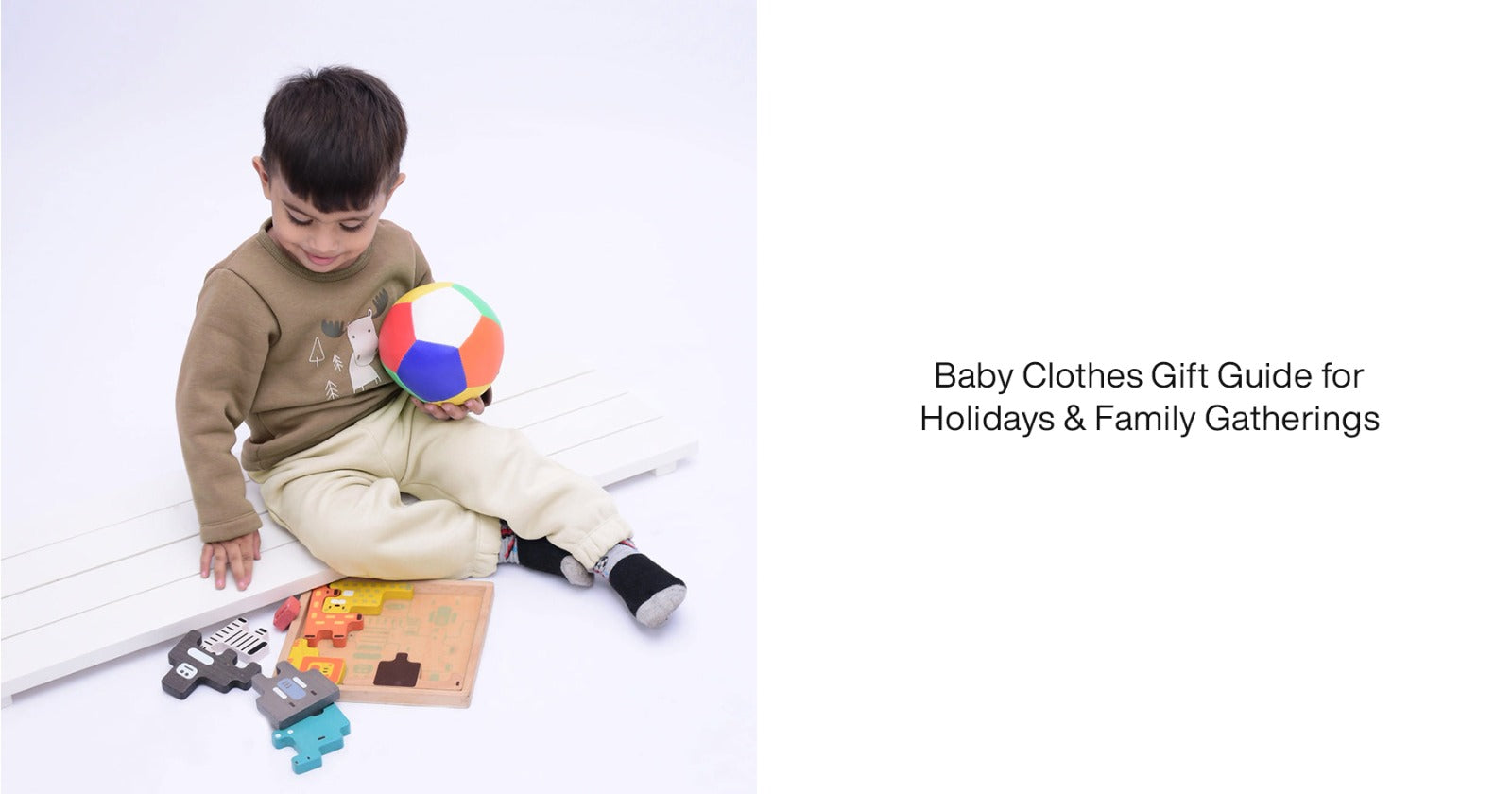Winter is a lovely season, but it also brings new obstacles for parents, particularly when it comes to clothing their children. Babies have sensitive skin and immature temperature-regulating mechanisms, so it is critical to keep them warm and comfortable during cold weather. When selecting newborn winter apparel, mothers must consider several elements, including warmth, comfort, and safety. In this article, we'll look at the most important components of winter apparel for newborns and give strategies for keeping your youngster warm without jeopardising their safety.
Why Dressing Properly Matters
Babies are more susceptible to the cold because they lose heat faster than adults. Furthermore, their bodies do not generate or retain heat as efficiently. Proper winter attire prevents hypothermia and frostbite while keeping your infant comfortable during outdoor and indoor activities. Choosing the appropriate infant winter attire is critical to their overall well-being.
Layering Basics: A Key to Winter Dressing
Layering is the key to clothing newborns during winter. The goal is to layer up to trap warmth while being adaptable to shifting weather conditions.
- Base Layer: This layer should drain moisture away from your baby's skin. Choose soft, breathable textiles such as cotton or wool mixes.
- Middle Layer: The middle layer offers insulation. Fleece or wool sweaters and slacks are ideal because they retain heat without adding weight.
- Outer Layer: The outer layer provides protection from wind, rain, and snow. Purchase a high-quality, waterproof, and windproof infant snowsuit or jacket.
Always remember that babies should wear one layer more than adults under the same situations.
Material Matters: Choosing the Right Fabrics
When purchasing infant winter garments, consider the fabrics. Fabrics should be warm, breathable, and suitable for delicate skin.
- Cotton: Soft and hypoallergenic, cotton is an excellent choice for inner layers.
- Fleece: Fleece is an excellent middle layer since it is both lightweight and warm.
- Wool: Wool provides good insulation, but it can irritate delicate skin, so use it with caution.
- Synthetic Blends: These materials are frequently water resistant, making them ideal for outerwear such as jackets and snowsuits.
Avoid scratchy materials or those treated with harsh chemicals, since they may hurt your baby's skin.
Head, Hands, and Feet: Keeping Extremities Warm
Babies lose the majority of their body heat through their head and extremities. Ensuring that these locations are appropriately covered is critical.
- Hats: Choose tight, warm caps or hats that cover your baby's ears.
- Mittens: Select mittens with adjustable straps to keep them from sliding off. Fleece-lined alternatives offer added warmth.
- Booties or Socks: Wool or thermal socks used with insulated booties keep little toes toasty. Make sure your boots are waterproof before going on an expedition.
Ensuring Safety in Winter Clothing
While keeping your infant warm is critical, safety should never be compromised. Here are some safety guidelines:
- Avoid Overheating: Overdressing might cause overheating. Check your baby's neck and back to check they are warm but not sweaty.
- Car Seat Compatibility: Thick jackets and snowsuits might reduce the efficacy of car seat straps. Use car seat coverings or blankets instead.
- Snug Fit: Loose garments may ride up and expose your baby's skin to the cold. Ensure that all layers fit properly.
- Remove Wet Clothing: Wet garments can quickly cause a reduction in body temperature. Always change your infant into dry clothing right away.
Indoor Winter Dressing Tips
It is not just necessary to dress appropriately for the outdoors. Central heating can keep interior areas warm, but drafts and temperature variations need careful clothing selection.
- Use lightweight layers that are easy to add and remove.
- A onesie combined with a fleece sleeper is usually sufficient.
- To ensure safe sleeping, avoid overusing blankets and instead utilise wearable blankets or sleep sacks.
Choosing the Right Baby Winter Clothes for Activities
Different winter sports need differing degrees of insulation and protection.
- Daily Walks: A fleece-lined pram blanket, a thick snowsuit, and a cap should suffice.
- Car Rides: Dress your infant in thinner layers to guarantee car seat safety, and then wrap a blanket across the straps for warmth.
- Outdoor Play: For older babies, pick waterproof and insulated coats, mittens, and boots.
Signs Your Baby Is Too Cold or Too Warm
Monitoring your baby's comfort is critical. Here's how to determine whether they're too chilly or too warm:
- Too Cold: Chilly symptoms include pale or blue skin, cold hands and feet, and shivering.
- Too Warm: flushed cheeks, perspiration, or fast breathing.
If you see any of these signs, change your baby's clothes accordingly.
Tips for Buying Baby Winter Clothes
Shopping for infant winter apparel might be difficult since there are so many possibilities. Here's something to remember:
- Size: Babies grow rapidly, so consider size up for extended wear.
- Ease of Use: Select clothing with zippers and snaps for quick dressing and diaper changes.
- Quality: Invest in high-quality, long-lasting items that can tolerate frequent washing.
- Budget-Friendly Options: Look for bargains, thrift stores, or clothes swaps to save money without sacrificing quality.
Sustainable Winter Dressing Choices
If sustainability is essential to you, there are environmentally friendly choices available:
- Purchase clothing produced from organic materials.
- Choose brands that prioritise ethical production techniques.
- Reuse and recycle baby clothing in your town.
When to Seek Expert Advice
If you're not sure how to dress your infant for the weather, visit your paediatrician. They can offer personalised suggestions depending on your baby's age, weight, and health.
The Importance of Regularly Checking Your Baby
Winter conditions may change quickly, so check your baby's comfort level on a regular basis. To evaluate their warmth, place your hands on their chest, back, or neck. This allows you to make timely alterations to their apparel.
Cuddle & Cradle: Your Partner for Baby Winter Clothes
Dressing your infant for winter does not have to be a difficult chore. With the appropriate direction and excellent gear, you can keep your child warm and safe all season. Cuddle & Cradle offers superior infant winter garments that mix elegance, comfort, and usefulness. Their collection of eco-friendly and beautifully made winter apparel is ideal for modern mothers who want the best for their newborns. From fleece-lined onesies to waterproof snowsuits, Cuddle & Cradle has everything you need to keep your baby cosy and happy.
Final Verdict
Winter attire for newborns necessitates serious preparation and thoughtfulness. Mums can safeguard their children's comfort and warmth during the winter season by selecting the correct baby winter attire, layering appropriately, and paying attention to safety. Whether it's a quick walk or a family picnic in the snow, the advice in this article will help you outfit your infant confidently. Remember, Cuddle & Cradle provides high-quality winter supplies.


